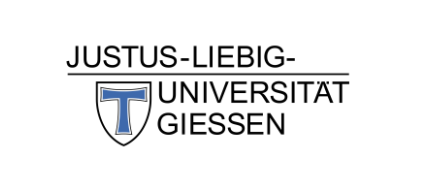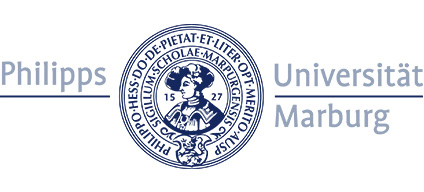Main Content
Flow Cytometry and Imaging
Dr. Gabriele Malengo
Max Planck Institute for Terrestrial Microbiology
Karl-von-Frisch-Straße 14, 35043 Marburg
Phone: +49-6421 28 21487
Mail: gabriele.malengo@synmikro.mpi-marburg.mpg.de
https://www.mpi-marburg.mpg.de/226283/FACS
Description
Fluorescently-tagged proteins are ideal reporters for studying the physiological status of living cells. For cells synthetically endowed with new modules or circuits, measuring their properties via relevant fluorescent reporters helps to characterize the effects of these modifications and to optimize the synthetic constructs. Consequently, SYNMIKRO invested in several devices with different key aspects regarding the analysis of fluorescently-tagged molecules for its Flow Cytometry.
Flow cytometry is a laser-based technology that allows the simultaneous measurement of fluorescence in single cells at different wavelengths reporting the cellular concentration of several fluorescently-tagged molecules, and of other physical or biological parameters such as cell size or granularity in a statistically robust fashion. In our instrument, up to thirteen fluorescence channels can be monitored in parallel for every single cell, in thousands of cells per second. Typical applications include single-cell measurements of gene expression, analysis of transcriptional reporters, and cell cycle studies in prokaryotic and eukaryotic microorganisms.
Imaging-based fluorescence experiments, on the other hand, allow us to get more insights into living cells, e.g., by measuring protein properties such as interactions or diffusion. As the design and function of signaling networks depends on protein-protein interactions, which in turn are affected by protein diffusion, resolving such properties in space and time helps to understand signaling up to system-level properties such as signal integration and amplification.
Protein-protein interactions in living cells are monitored in a quantitative time- and space-resolved fashion by the microscopy-based Förster Resonance Energy Transfer (FRET) approach. This method relies on the efficiency of energy transfer between different fluorescently-tagged proteins as an indicator for protein proximity. Several technologies are available in our unit for measuring FRET, ranging from the robust and fast acceptor photobleaching FRET approach to the highly informative fluorescence lifetime imaging approach.
Protein diffusion plays a crucial role in determining what function a protein serves within the cell and how, when and where it may physically interact with other proteins and macromolecules in response to external stimuli. Protein diffusion in living cells is effectively measured by fluorescence correlation spectroscopy (FCS), a fluctuation-based approach that allows to carry out measurements at a physiological protein expression level.


